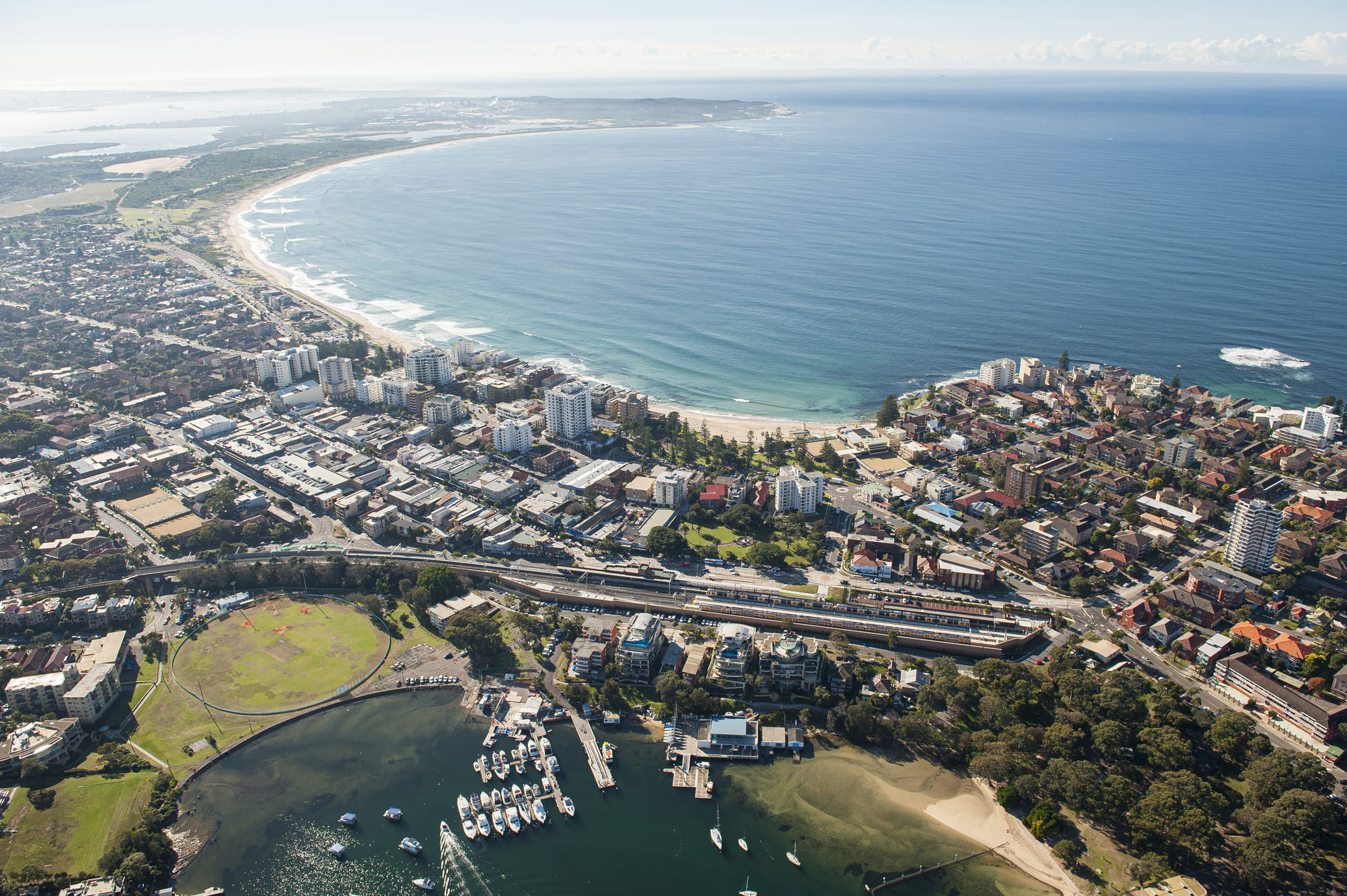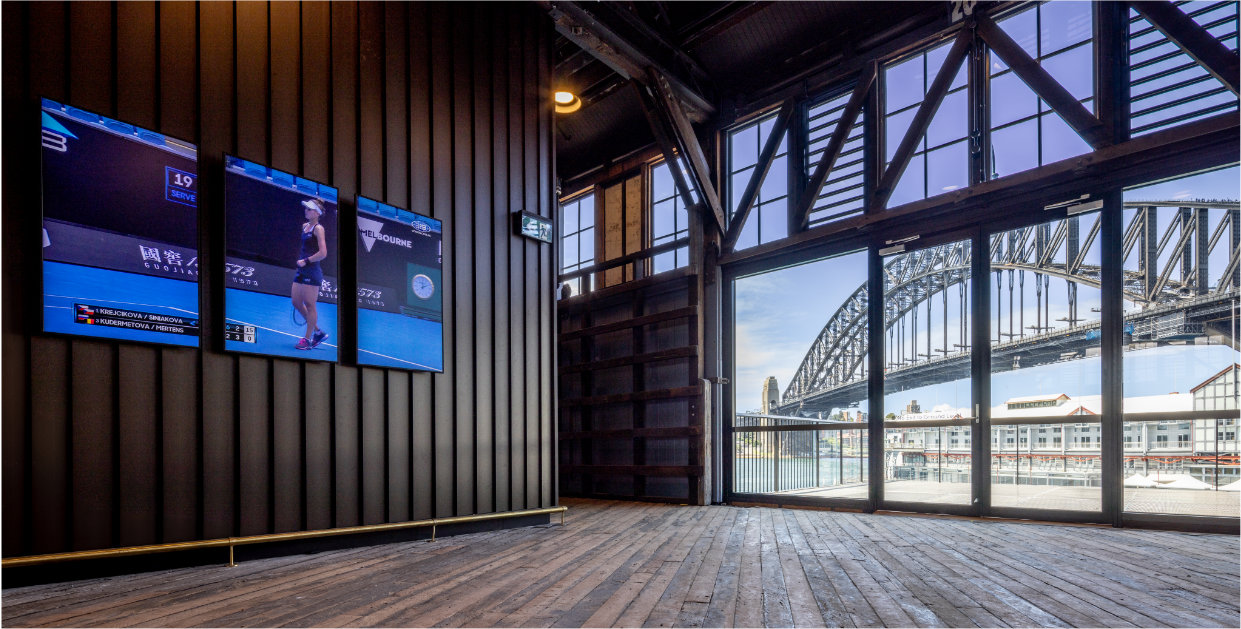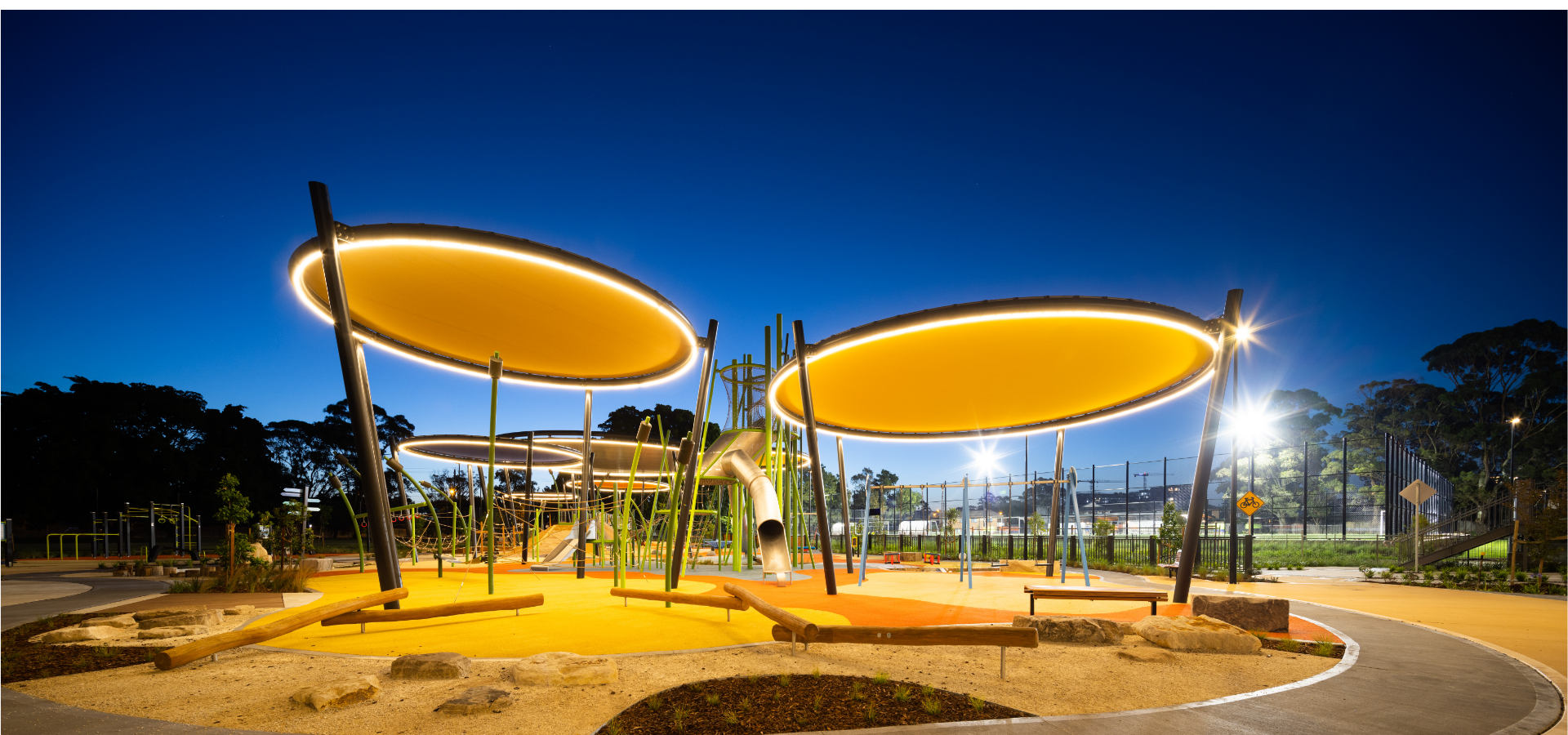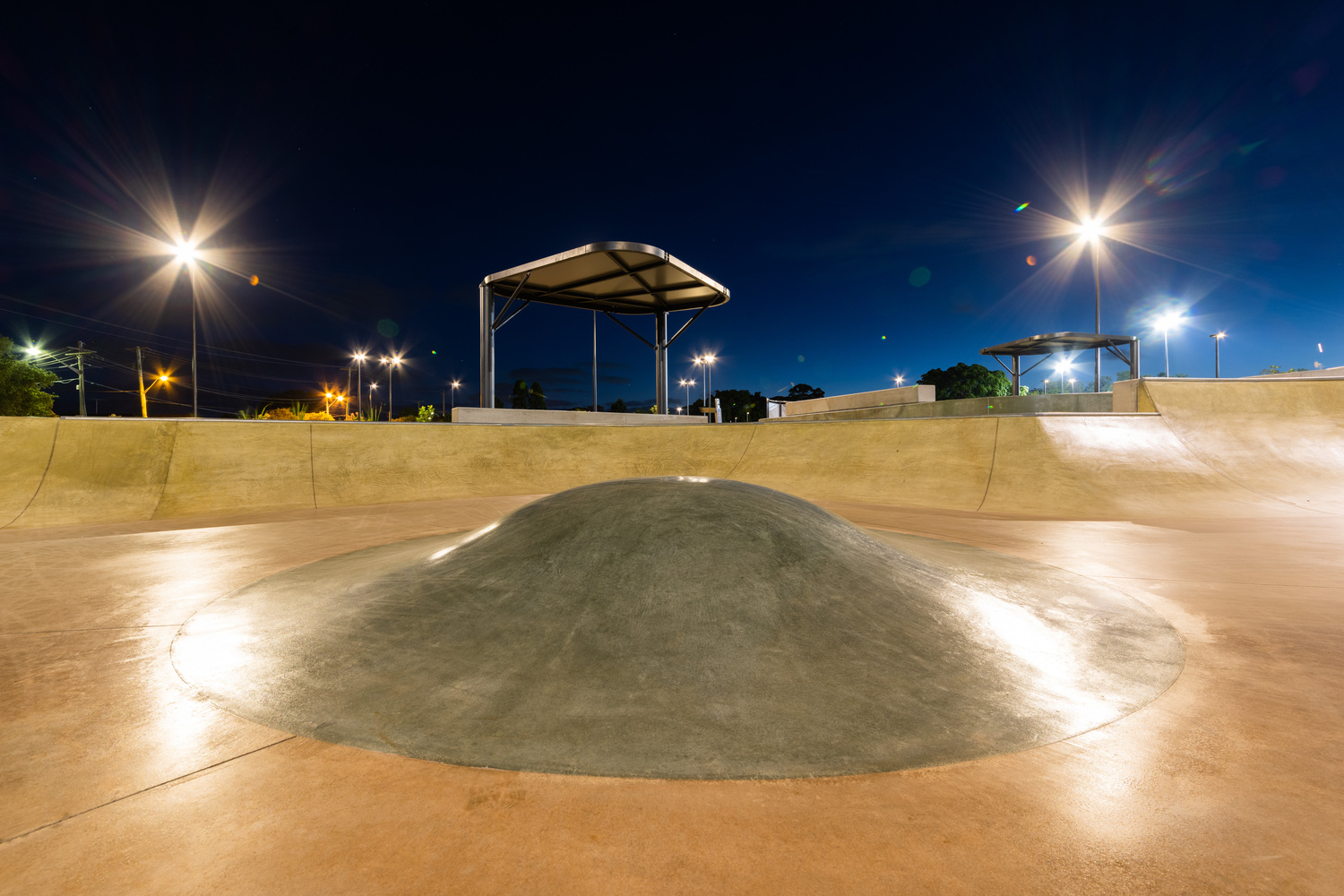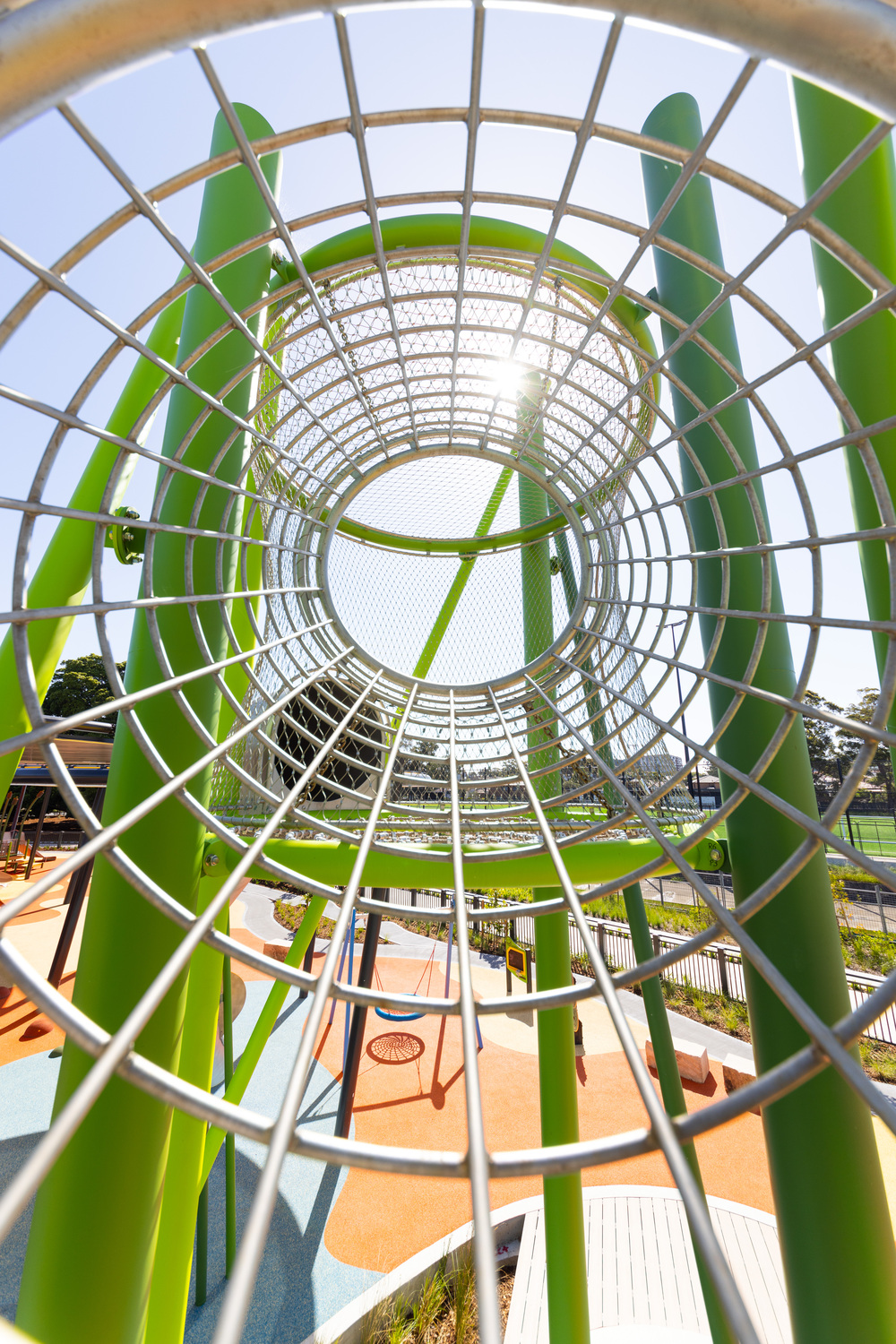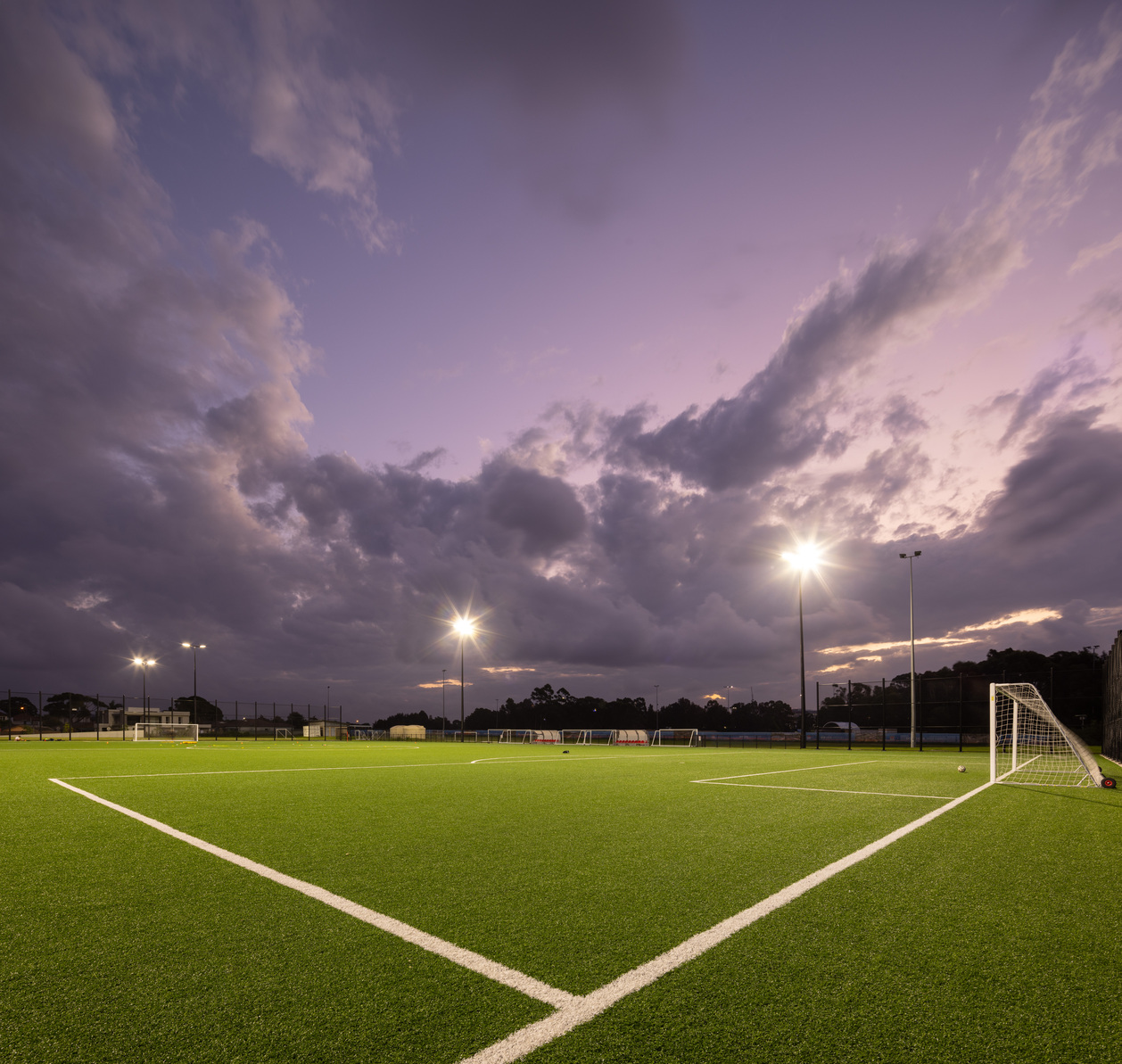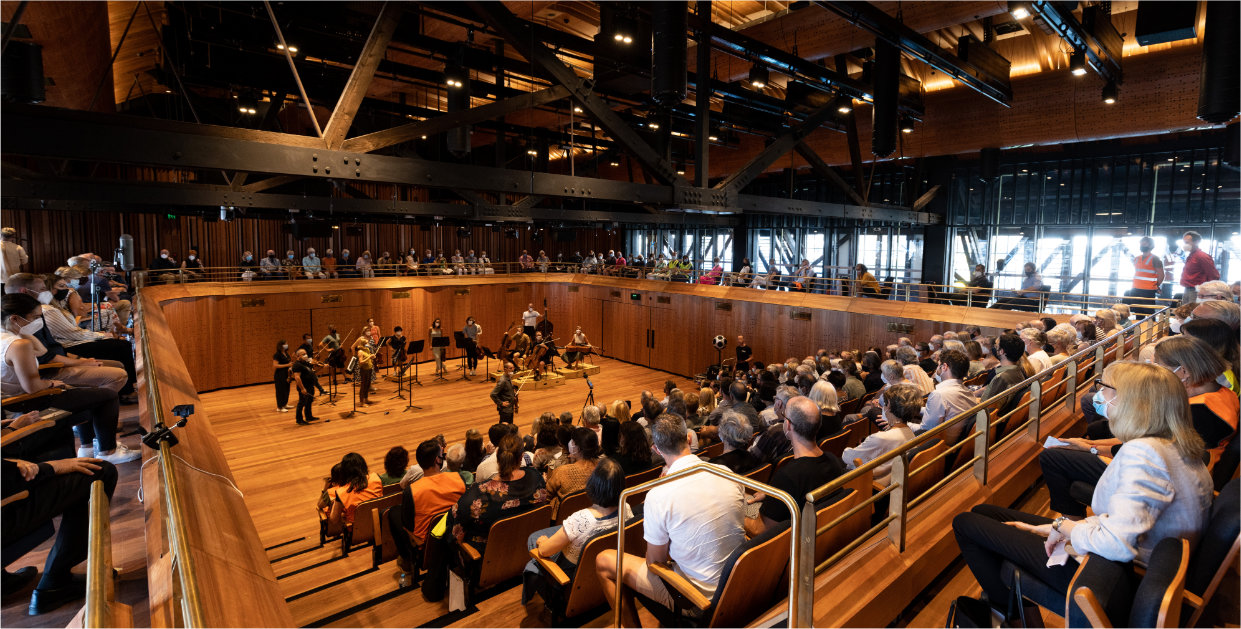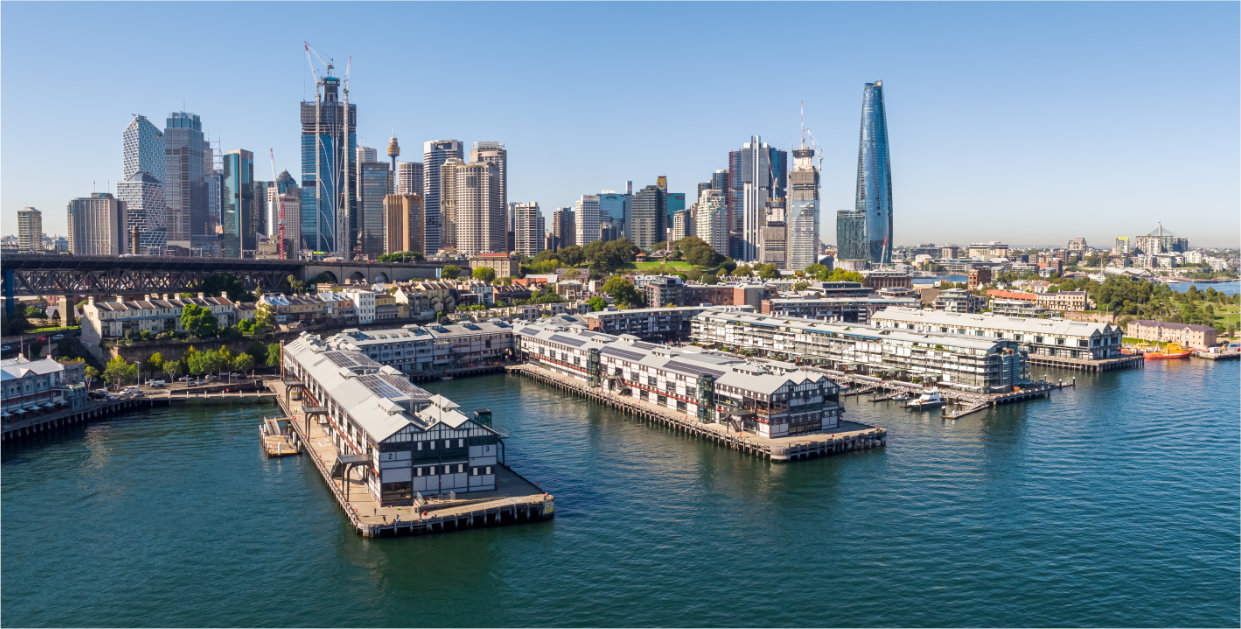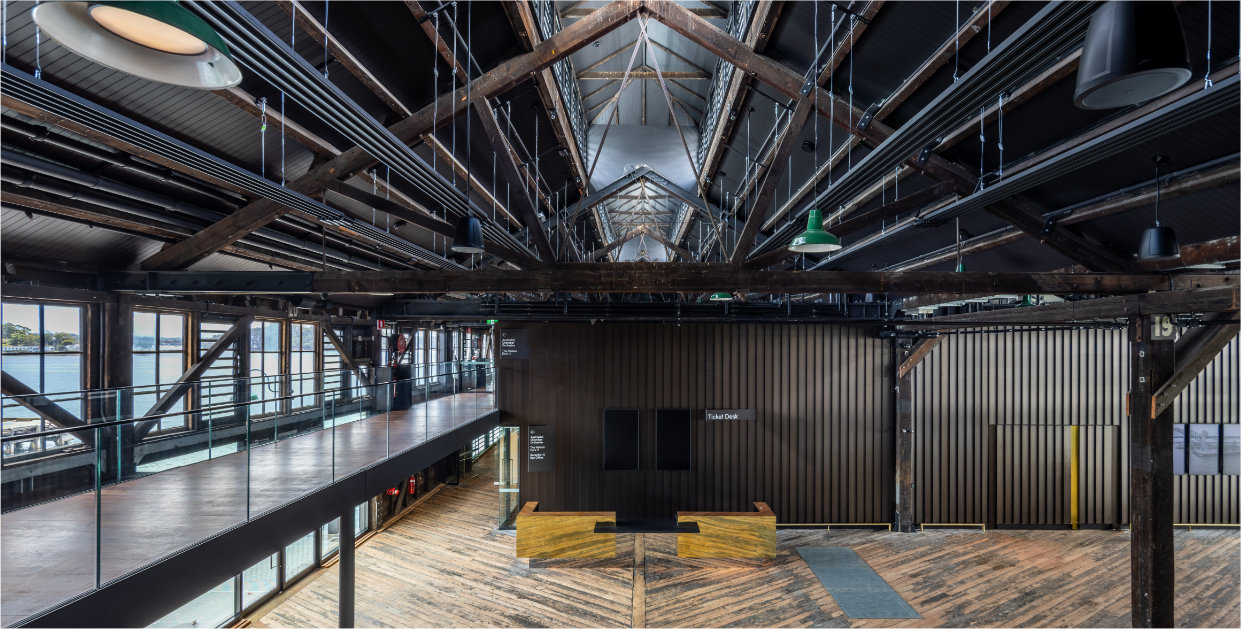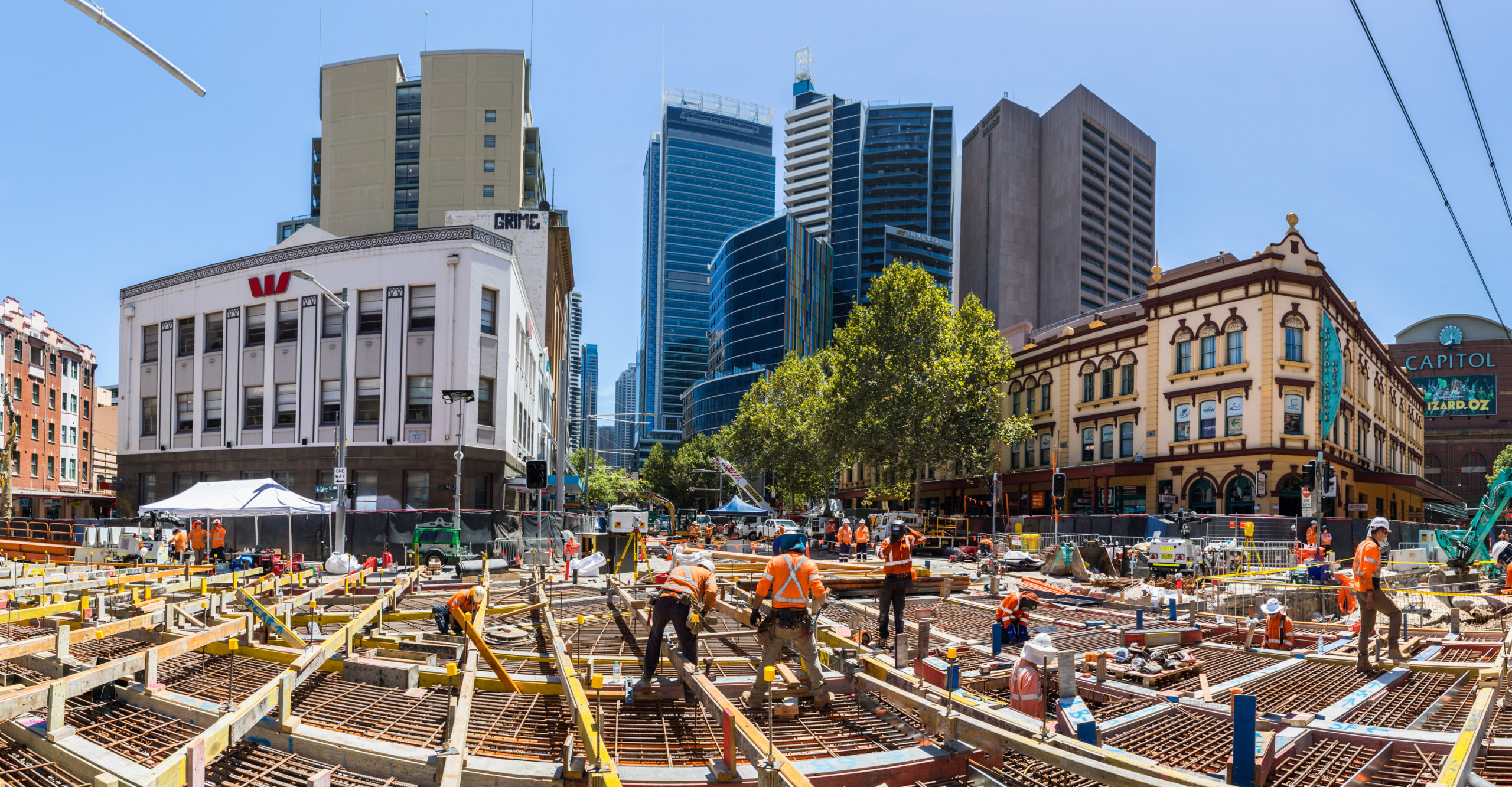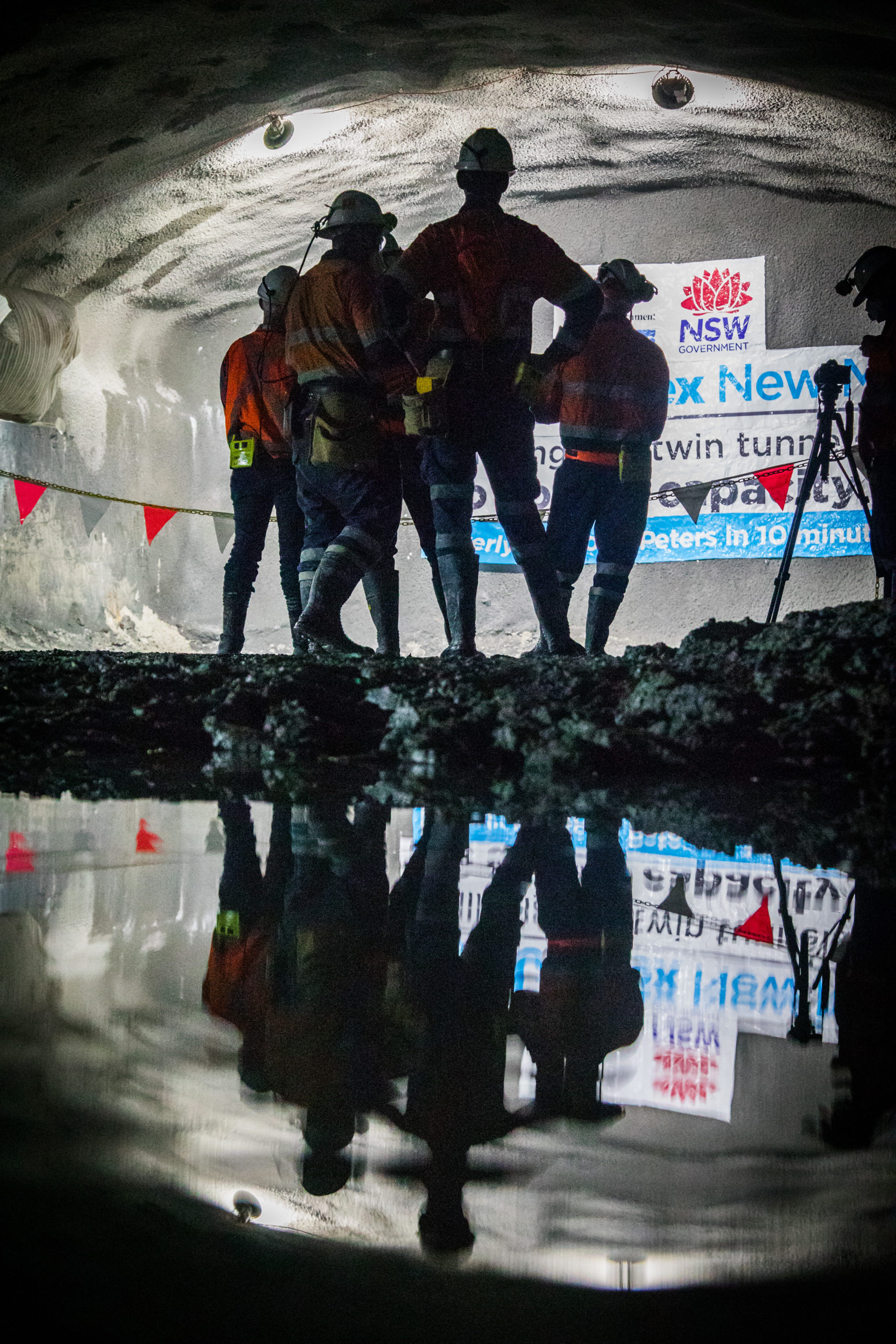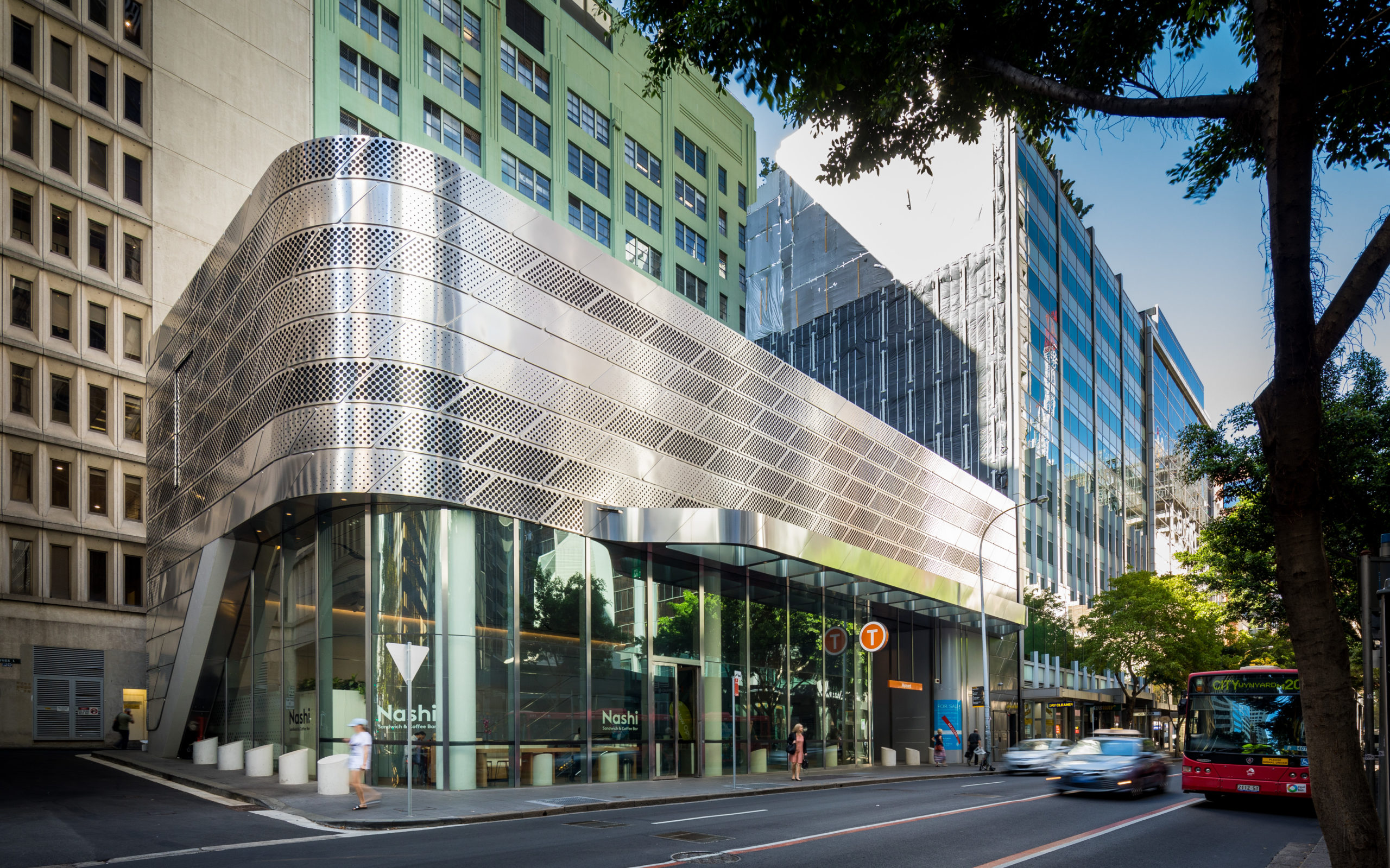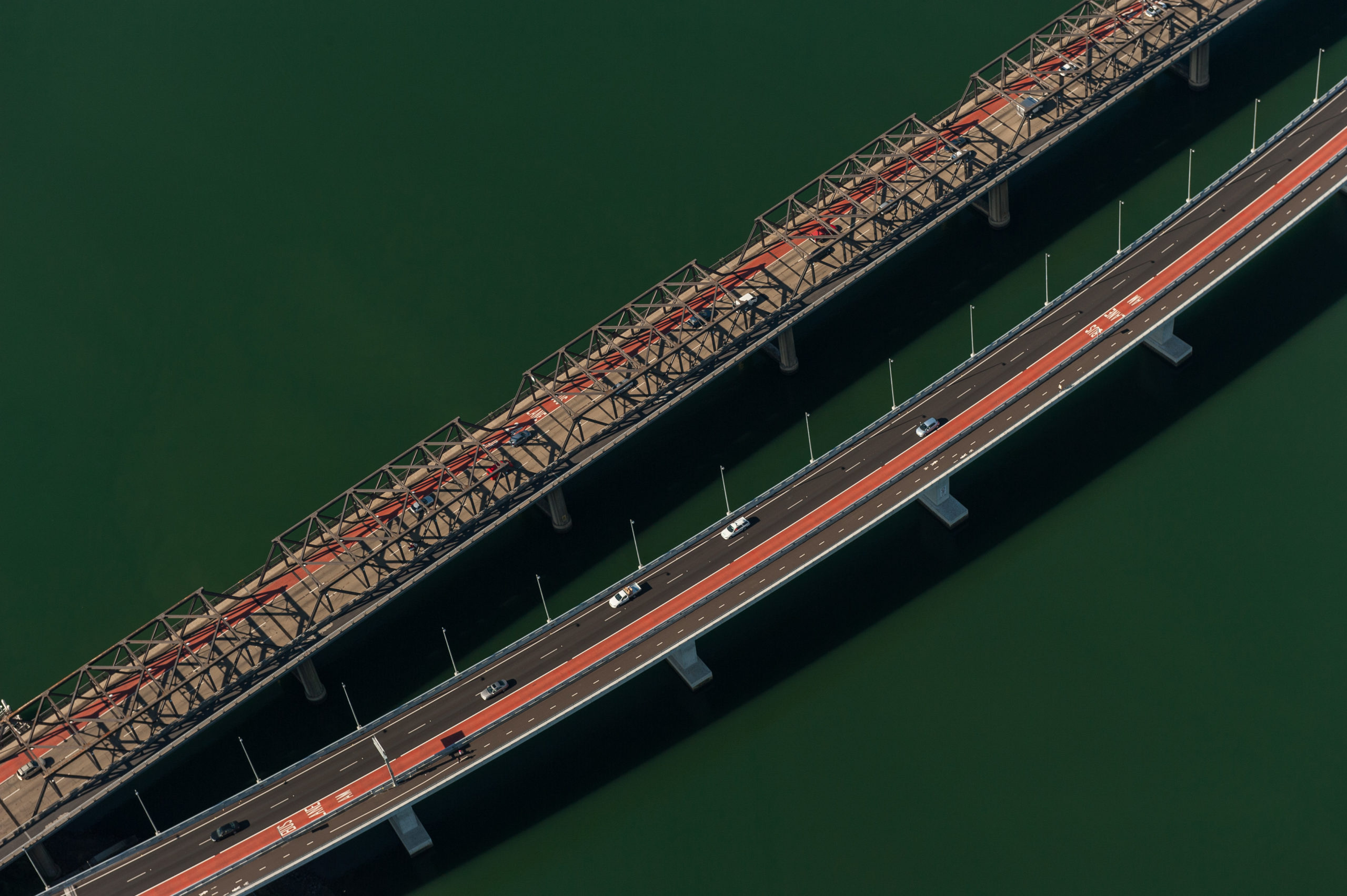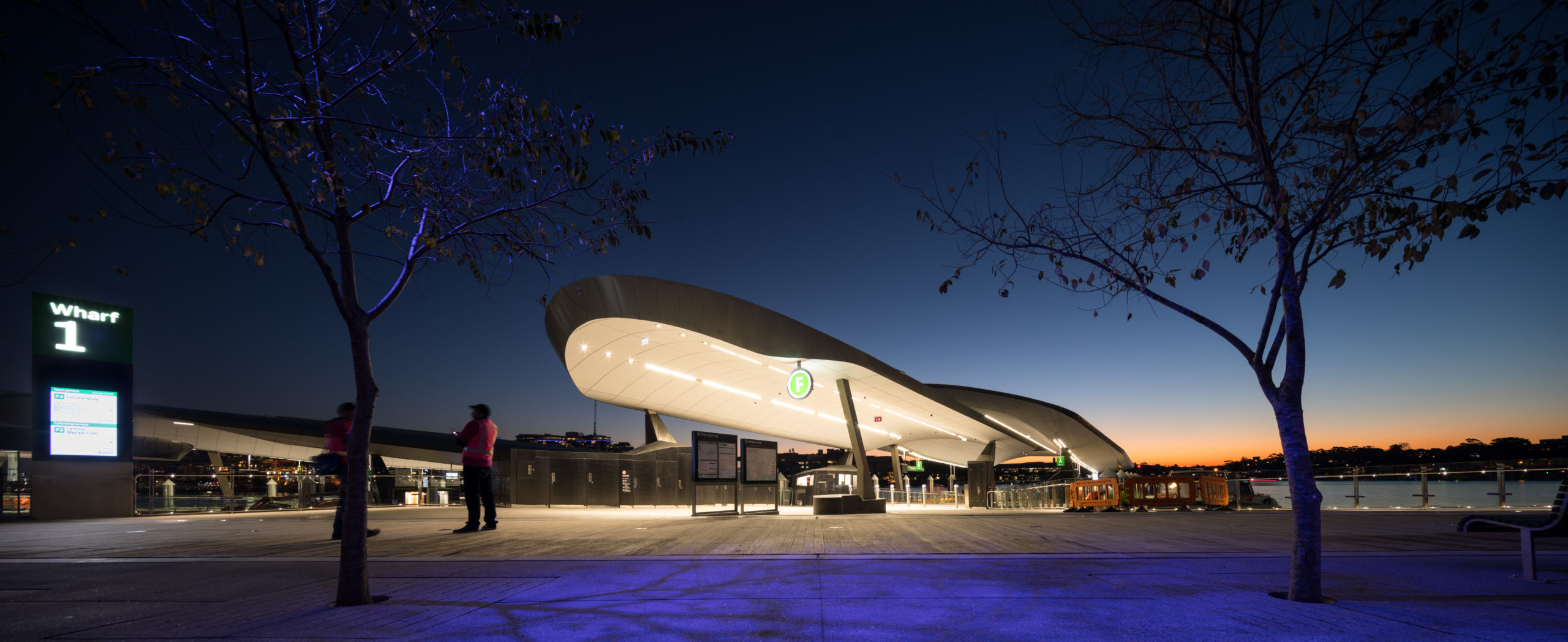More than meets the eye: Making great aerial done images for business
Drone-based imaging has made aerial photography, video and even time-lapse more accessible than ever before. The ubiquity of high-quality imaging drones means that almost all business and government organisations can now access it for marketing and communications. Utilising aerial drones brings an ability to capture a whole new perspective on projects of all shapes and sizes.
Organisations that seek to utilise drones for aerial imaging should:
– Be aware of the rules and risks involved
– Ensure that the operator’s capability and technology meet the project’s demands.
The rise of drones
It seems that whenever we are in a public space today, there is a drone operating nearby. Many of today’s drones are capable of producing stable and high-quality 4K video and high-resolution stills. Furthermore, advanced GPS technology and supporting software can be used to create time-lapse sequences from an apparently single aerial point of view. It really is amazing what can be achieved with relative simplicity and affordability. Particularly given the comparative cost of producing the same images from a helicopter or fixed-wing aircraft.
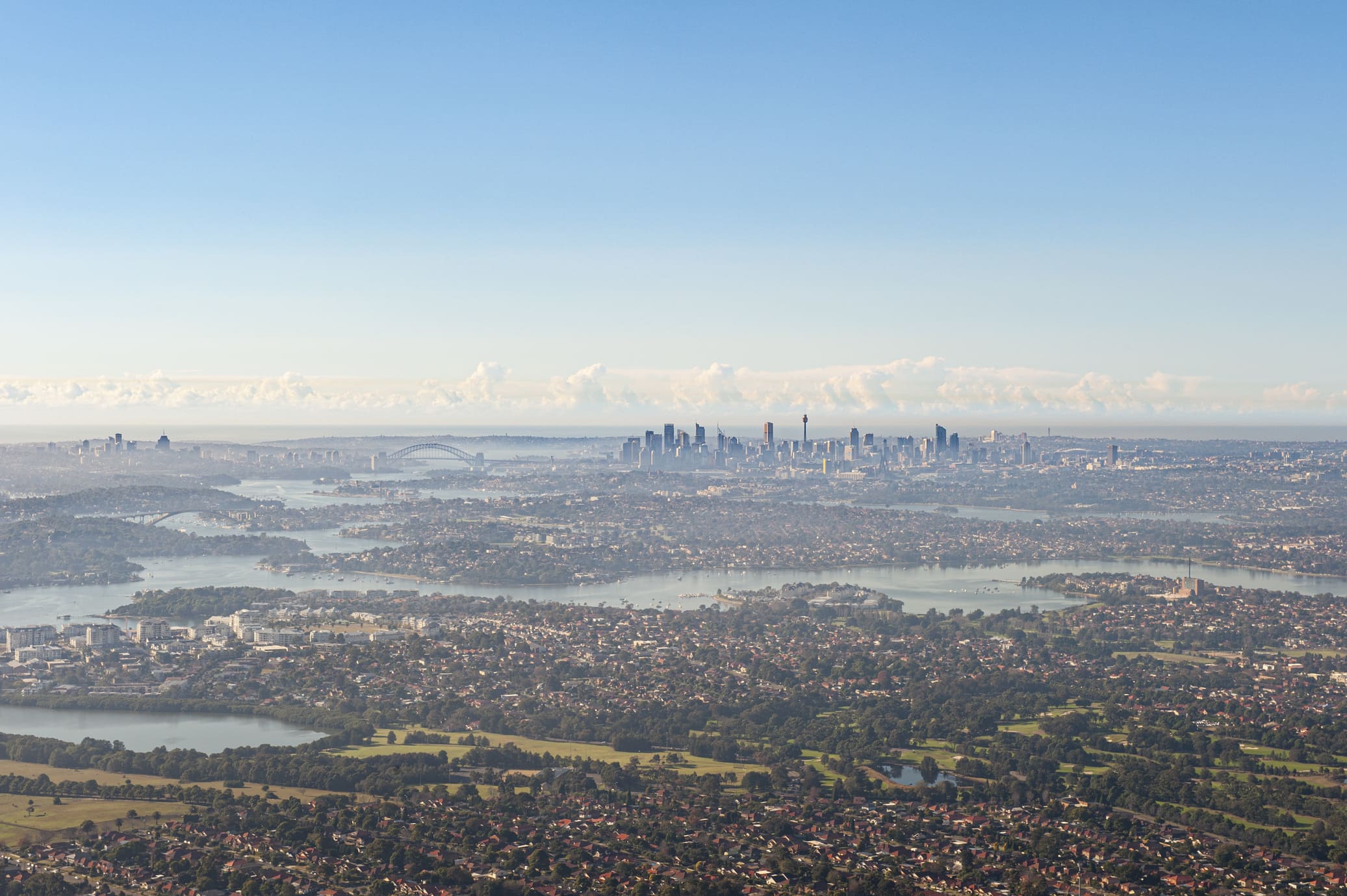
The Risks
We’ve all heard stories of near misses with commercial aircraft along with drones entering restricted airspace, breaching individual privacy or creating security risks. So, while the rise of drone technology has made aerial imaging more accessible, their proliferation has resulted in a range of ever more restrictive licencing and operational conditions. These restrictions are necessary to ensure public safety, including the risk to commercial air traffic.
There are also imaging project risks. Of course, all drones and drone operators are not created equal. The quality of the result is directly linked to the quality of the technology used and the skill of the operator. The quality of the technology can affect the image quality, the ability to operate across a wide range of lighting conditions as well as the stability of the images captured.
Drone licencing
When commissioning drone imagery, it is wise for the commissioning business to ensure that the drone operator is fully licenced, capable and has technology that is suitable for the project in question. The first step is to ascertain the licencing of the drone operator to ensure the mitigate operational risk.
A CASA drone licence is mandatory for any commercial operation of a drone. The purpose of licencing is to ensure that the operator has a full understanding of CASA regulations and the safety implications of operating an aircraft. Simply put, a CASA drone licence is similar to an aircraft pilot’s licence.
Safety covers a wide ambit of responsibility, which can be summarised as:
– The occupation of airspace and the mitigation of risks involving other aircraft
– The mitigation of risks to people, property or structures on the ground or adjacent to the area in which the drone will operate
The core aspects of a CASA drone licence include aircraft safety, control of the drone, airspace requirements, proximity to people and buildings, exclusion zones, restructured zones to ensure that the pilot is qualified to recognise dangers.
Drone licences exist at two levels. The first is the Operator Licence (REOC), which licences the business for the operation of the drone aircraft under the authority of a chief pilot. The second is the individual pilot’s licence (REPL).
To obtain a license, the operator is required to study the theory, pass an exam and complete an amount of supervised airtime.
Holding a drone licence also opens the ability for the operator to seek special permissions to operate within restricted airspace. Authority may be granted based on a particular flight plan to fly at a specific time.
